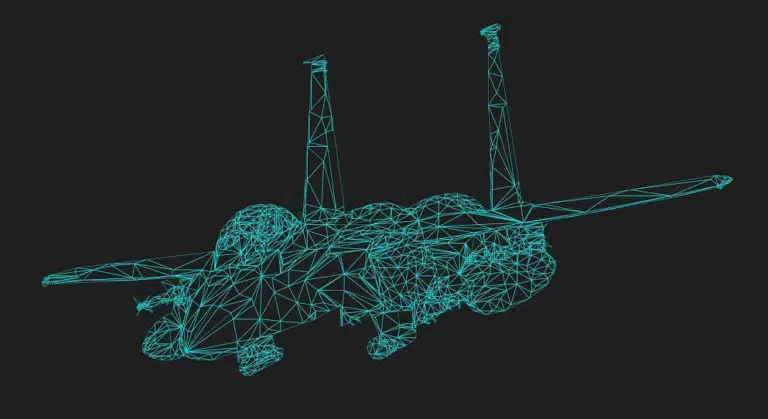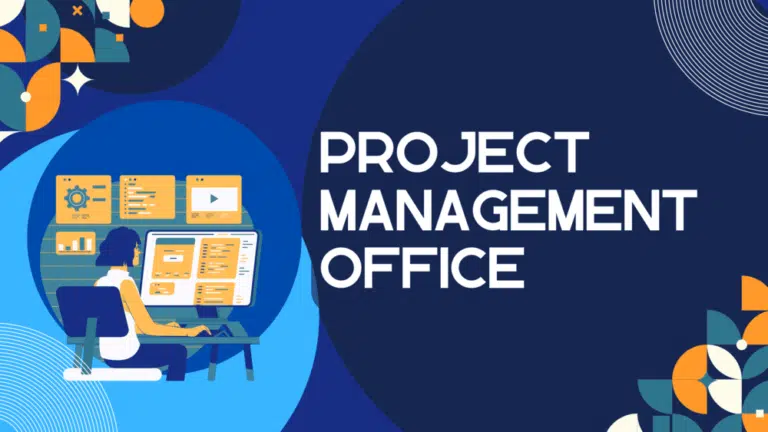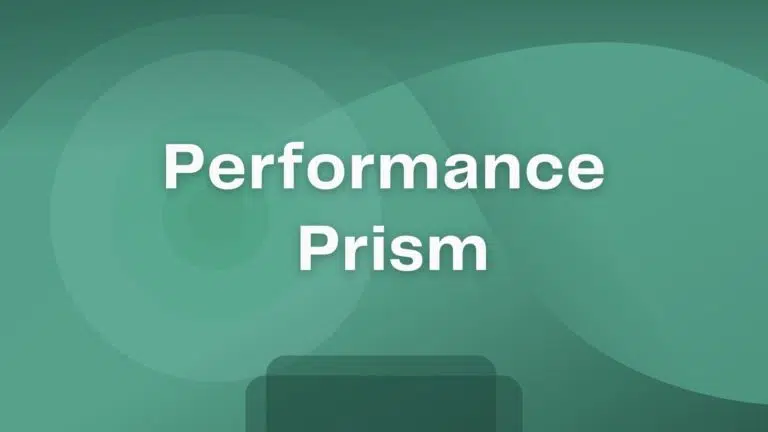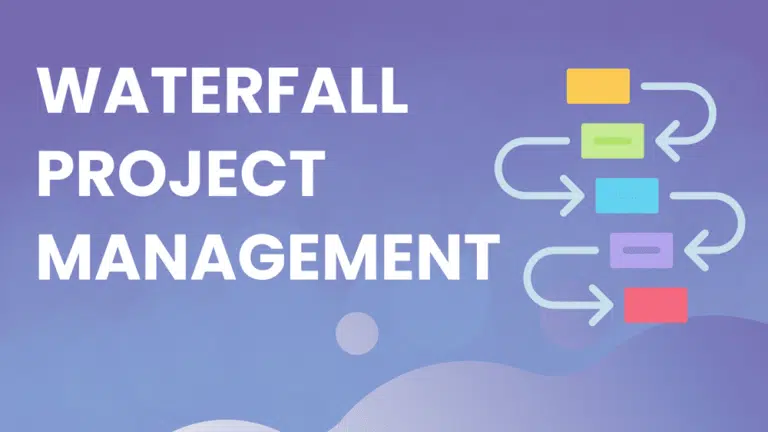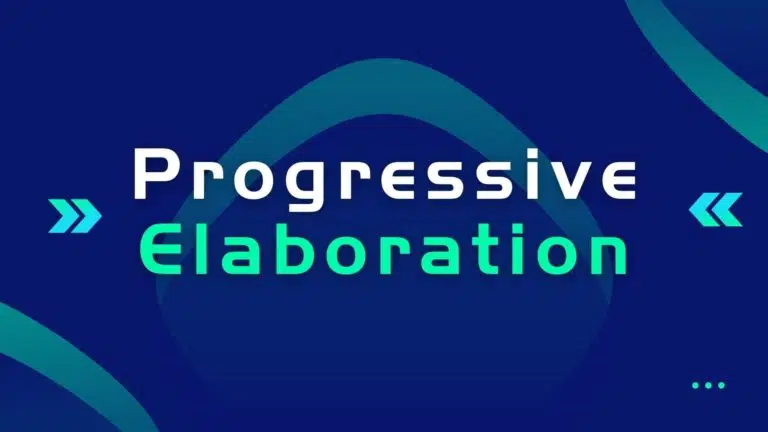While reviewing the Agile Practice Guide, I learned the Fishbowl Window (or Fishbowl Conversation) method.
I further studied this technique while planning a discussion session for my team and sought the best brainstorming techniques.
Today’s blog post is about the Fishbowl Window Conversation method.
Let’s get started.
What is the Fishbowl Conversation Method?
A Fishbowl Window or Fishbowl conversation is a technique to engage many participants in a focused discussion during a brainstorming session.
It is similar to a fishbowl, where participants will discuss the issue inside, and people outside of the fishbowl will observe the discussion.
This technique is effective for larger groups where it is difficult for everyone to participate simultaneously in the conversation.
How to Conduct a Fishbowl Window Conversation
Use the following steps to conduct a Fishbowl Window session:
- Set Up: Arrange chairs in two circles: one inner and one outer. The inner circle is the “fishbowl,” where you will conduct the discussion, and the outer circle is for observers only.
- Select Participants: Initially, a small group (usually 3-5 people) will sit in the inner circle to start the discussion. You will choose these participants based on their expertise, involvement, and interest in the issue.
- Start the Discussion: The participants in the inner circle will begin discussing the topic and freely sharing their perspectives, ideas, and opinions.
- Observer Roles: Participants in the outer circle will listen attentively to the discussion that is happening in the fishbowl. They are encouraged to take meeting notes, observe the conversation dynamics, and identify key points and/or themes.
- Rotation: After the fixed duration is complete, or certain criteria are met (e.g., every 10 minutes or when a certain number of points have been discussed), participants from the outer circle will be invited to join the fishbowl and contribute to the discussion. One or more participants from the inner circle will move to the outer circle to make space.
- Continuation: The discussion continues, with the new participants in the inner circle and those who have already shared their thoughts observing the discussion from the outer circle.
- Repeat: The rotation will continue to allow for the exchange of ideas and perspectives. This will ensure that every participant contributes to the discussion, and active listening and reflection are encouraged.
Summary
The fishbowl conversation method promotes inclusivity, allowing all participants to engage in the conversation. It encourages active listening and reflection, as participants can observe and learn from each other’s contributions. It is a structured and flexible approach to group brainstorming that can lead to meaningful outcomes.
You will see questions on this topic during your PMP exam.

I am Mohammad Fahad Usmani, B.E. PMP, PMI-RMP. I have been blogging on project management topics since 2011. To date, thousands of professionals have passed the PMP exam using my resources.


